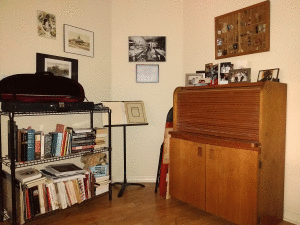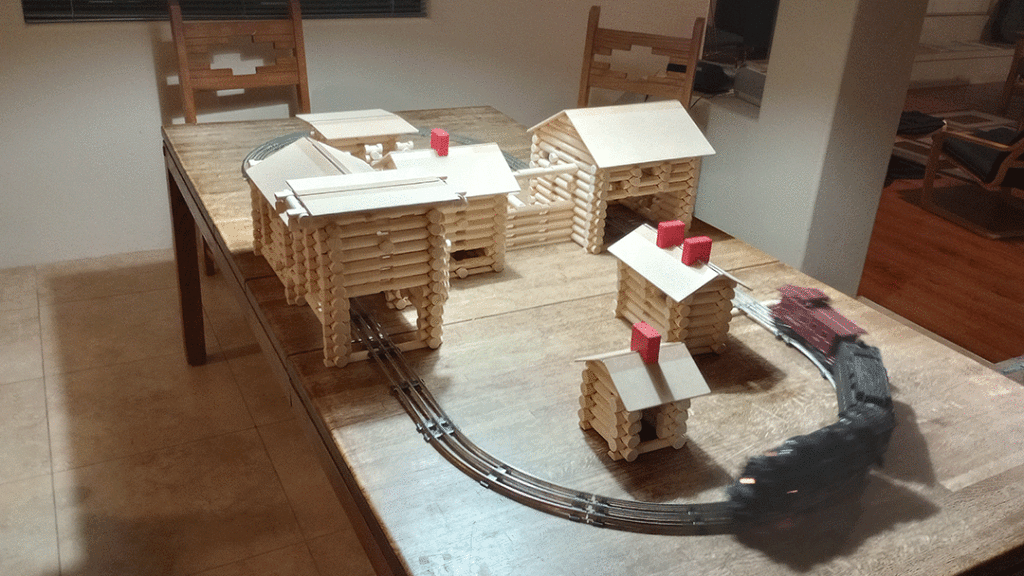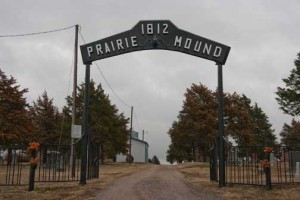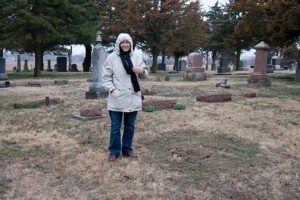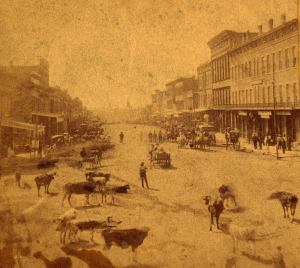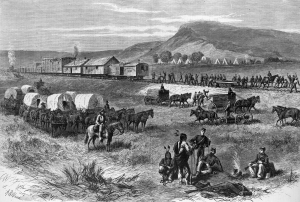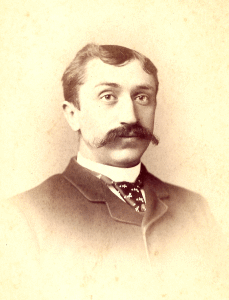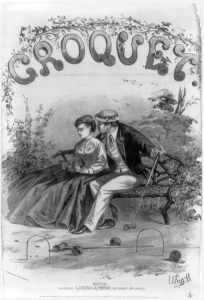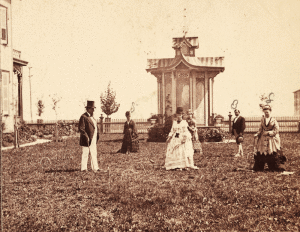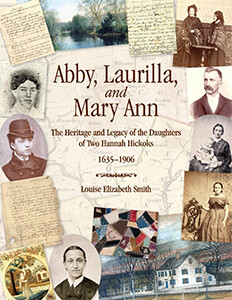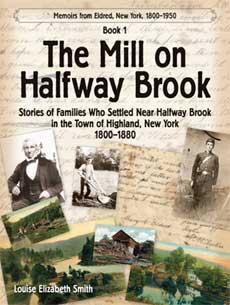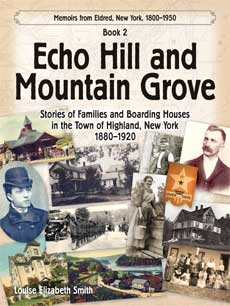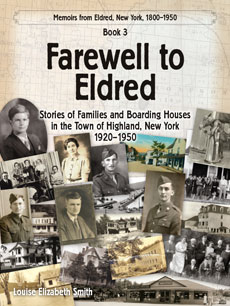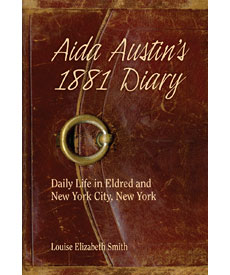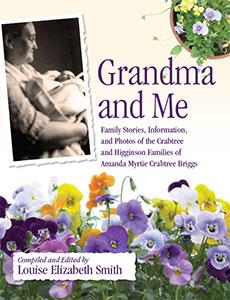
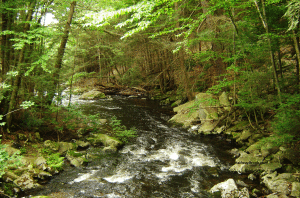
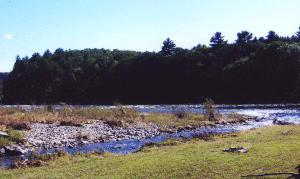
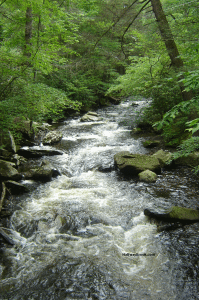
Halfway Brook in the town of Highland, Sullivan County, New York, is a nine mile stream that flows into the Delaware River.
At the end of 1815 James Eldred (my great-great-grand-father) settled with his family in a cabin with a sawmill on land near the middle of Halfway Brook, in what was then Lumberland.
The northwest corner of that Eldred property was later called Halfway Brook Village.
Now called Eldred, it was the area that my father’s ancestors lived.
The Hickoks arrived around 1812 and settled two miles north of the Delaware River. Then the Eldreds in 1815.
By 1834 the Leavenworths lived west of the Eldreds.
In 1852 the Myers and Van Pelt relatives lived on the east side, near Hagan Pond, now Highland Lake.
There were a number of other families that settled on either side of Halfway Brook that were friends or neighbors of my relatives.
Through the years, many of the early settlers’ descendants remained in the area and became related to me through marriage. Meeting some of those descendants who shared their information was one of the many benefits of writing the Halfway Brook Series.


